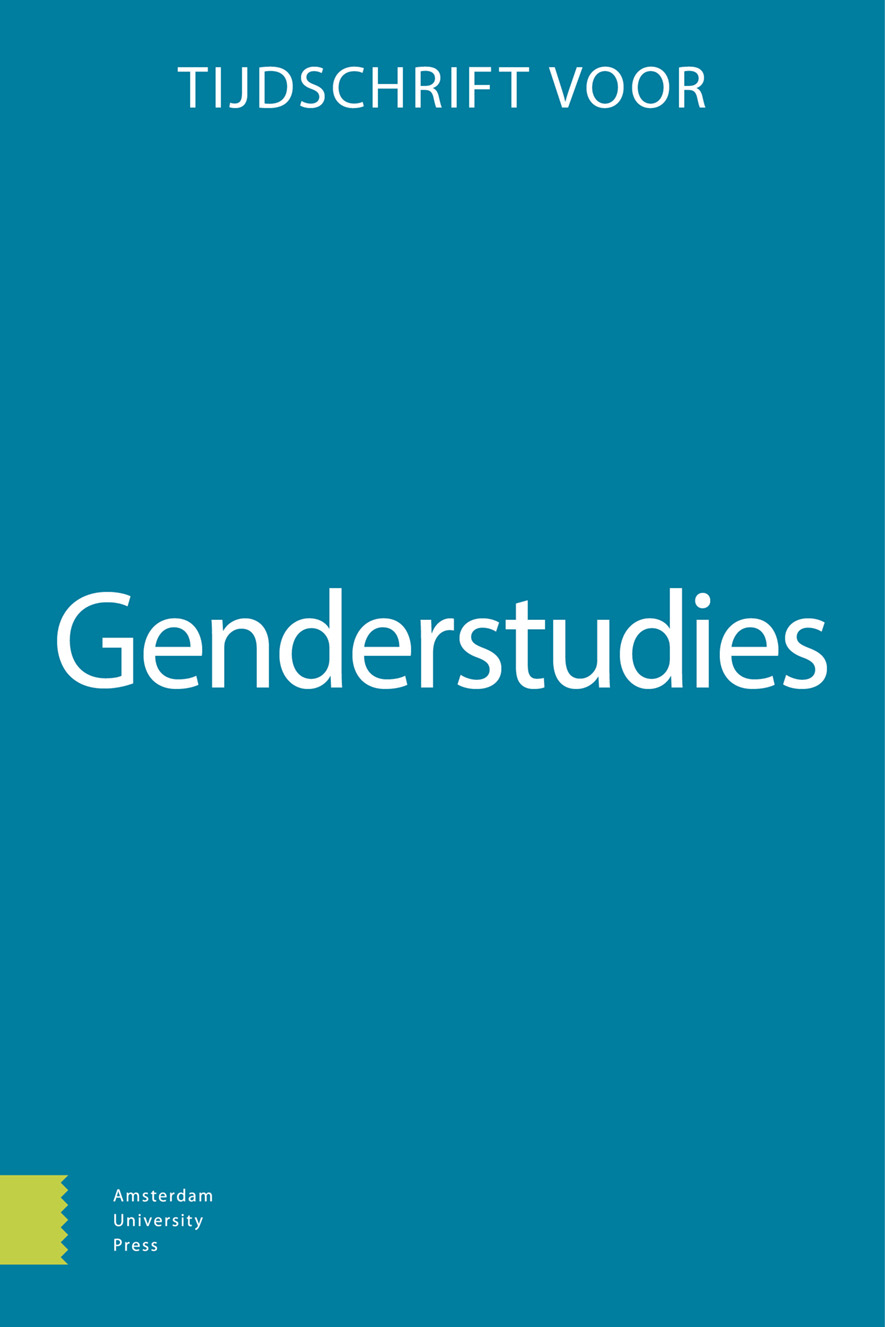-
oa The incapacity to work as moving target. Exploring the possibilities of praxiography for analysing realities of disability in history
- Amsterdam University Press
- Source: Tijdschrift voor Genderstudies, Volume 25, Issue 1, May 2022, p. 59 - 78
Abstract
While acknowledging the discursive meaning of bodies, both gender and disability scholars try to overcome a strict nature–culture or medical model–social model divide. This article explores the possibilities of praxiography for disability history to overcome this divide. Praxiography, as introduced by Annemarie Mol, approaches the body and gender as something that is made up in encounters between people, objects, and practices. Mol has shown that, although a singular term may suggest there is coherence, this coherence is managed in practice. This article provides a practice-focused analysis of appeal cases in which incapacity to work was contested in the context of the first disability benefit act in the Netherlands (1901–1921) and shows how incapacity to work was made up as incapacity to earn a living and shifted to meticulous descriptions of the functioning of individual body parts. Although the topic of power remains to be explored, by looking at incapacity to work as a site of interaction, we can challenge perceptions of disability and gender as a biological or a cultural truth and incorporate matter into the historical analysis of the making of social categories.


